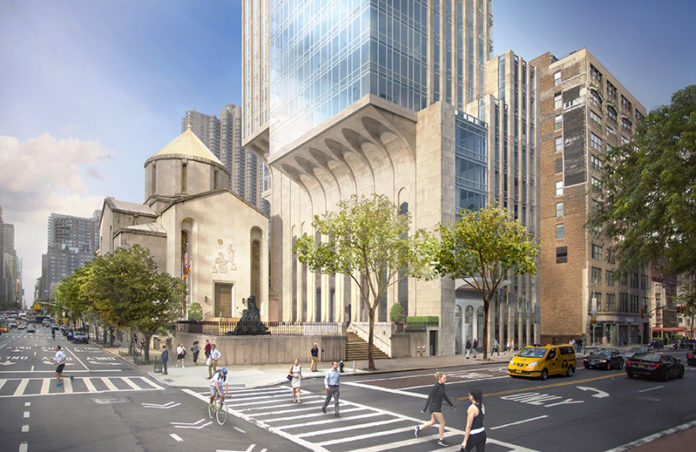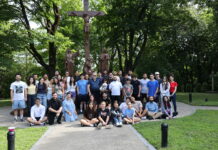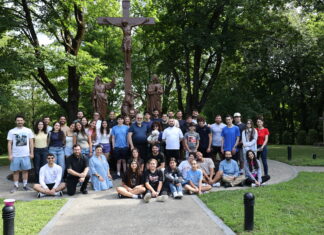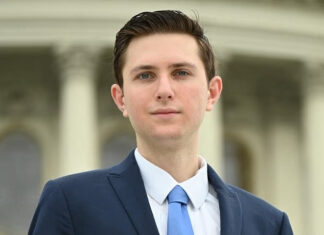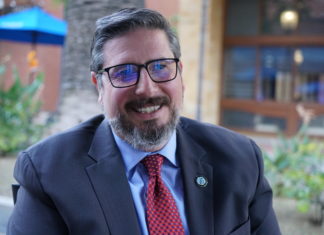WATERTOWN – James Kalustian, chair of the Diocesan Council of the Eastern Diocese of the Armenian Church of America, on August 6 gave an interview concerning the efforts of the Council to pursue what Kalustian several months ago called “monetizing the air rights of the cathedral complex” of the Eastern Diocese of the Armenian Church of America in New York City.
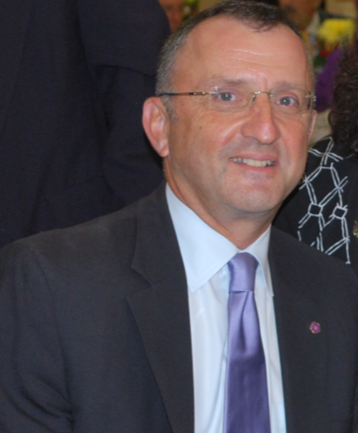
Over the past few months an unusual public discussion has been waged on social media and even in the press on the proposal presented by Kalustian and several others on May 3 to this year’s Diocesan Assembly. Although the proposal had not been made public, a number of community leaders and even organizations like the Knights of Vartan had expressed opposition to what they considered to be the essence of the proposal.
This culminated in the submission on July 22 of a written petition requesting a special session of the assembly of the Eastern Diocese, together with enough Diocesan delegates’ signatures to meet the requirement of the Diocesan bylaws. The request was for the special session to take place prior to September 22, 2018, and prior to the execution of any agreements or commitments, and to review any proposed sale or conveyance of interests of the Diocesan complex in New York City. This is apparently the first time in the history of the Diocese that a request for an extraordinary assembly session. The Diocese did not provide any public information on the situation until August 11 (see “Statement” in the Mirror).
In his August 6 interview, Kalustian referred to the forthcoming “Statement” and when asked about the delay in communications, said, “It is acknowledged that it is late. We take responsibility for that.” However, he said that it was not correct that there was no communication in this period, declaring “There was a lot of communication to 200 people at the Assembly who heard it firsthand. Unfortunately, concerning much of the communication outside, we were starting on that communication process through meetings, and things exploded, so we had to backtrack.” He said the Council had given priority to informing the Assembly, “ultimately the highest body in the Diocese,” but intended to go back to inform the community at large.
Furthermore, he said that while they were getting ready for this several times, market conditions changed, so that the nature of the deal being discussed also changed, “so what I might have told you a month ago is not what I would tell you today in terms of the deal or what opportunities are in front of us.”
Kalustian noted that despite all this, the Council’s position and its reasons have not changed, and went on to delineate the three primary motivating principles which are also listed in the Council’s formal “Statement”: protecting and preserving St. Vartan Cathedral and its plaza, upgrading the Diocesan Center, and ensuring both immediate and long-term financial benefits.



